The draft of the Trade and Economic Partnership Agreement (TEPA) between India and European Free Trade Association (EFTA) was leaked.
Data Exclusivity:
|
|---|
News Source: The Hindu
| Must Read | |
| NCERT Notes For UPSC | UPSC Daily Current Affairs |
| UPSC Blogs | UPSC Daily Editorials |
| Daily Current Affairs Quiz | Daily Main Answer Writing |
| UPSC Mains Previous Year Papers | UPSC Test Series 2024 |
The Indian government officially asked to become a member of the International Energy Agency (IEA).
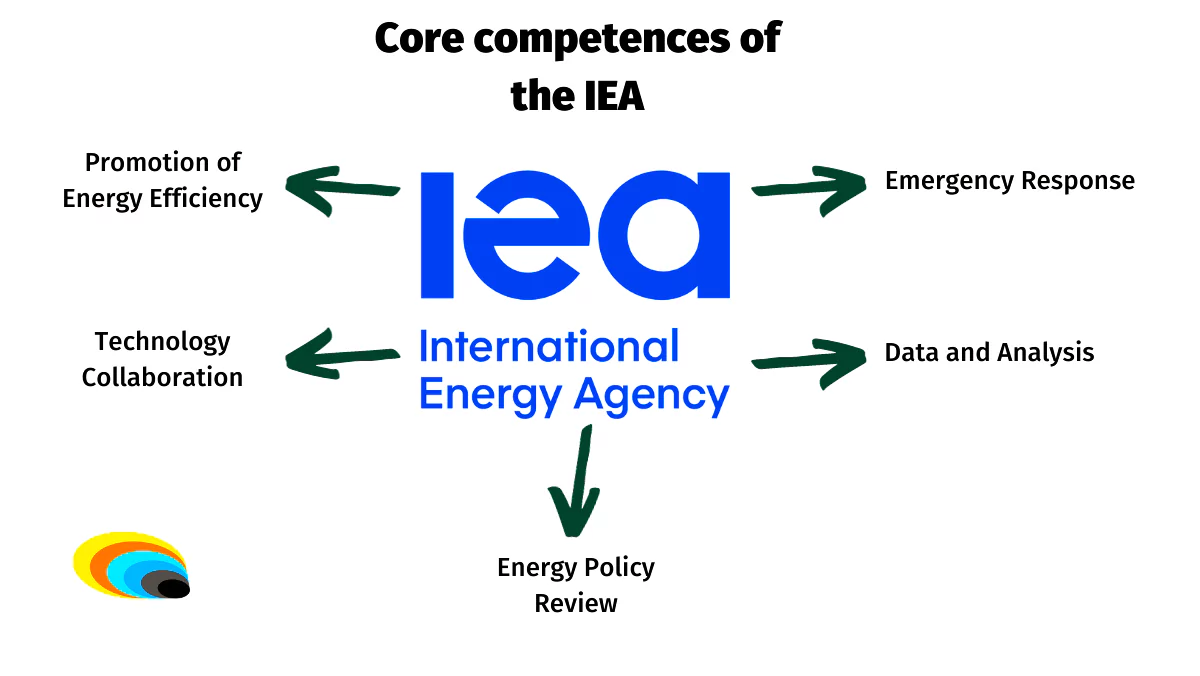 It was Initially focused on
It was Initially focused on
News Source: Economictimes
| Must Read | |
| NCERT Notes For UPSC | UPSC Daily Current Affairs |
| UPSC Blogs | UPSC Daily Editorials |
| Daily Current Affairs Quiz | Daily Main Answer Writing |
| UPSC Mains Previous Year Papers | UPSC Test Series 2024 |
Recently, a reality technology company Hexagon presented a data-rich digital twin of the Qutub Shahi Tombs to the Telangana State government.
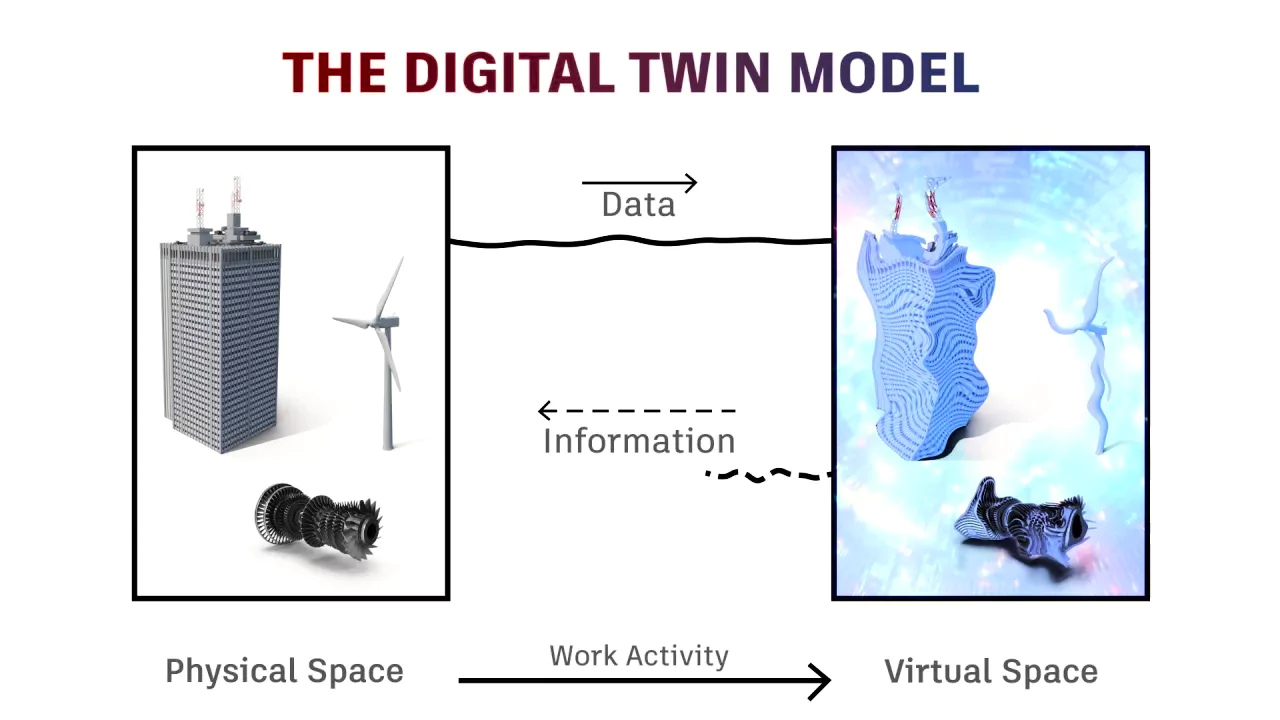
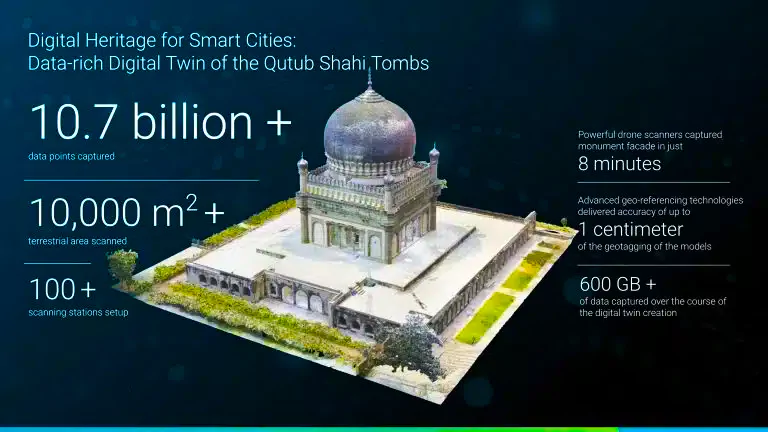 Utility:
Utility: About Tomb: The majestic tomb built in 1602, is one of the largest tombs at the Qutb Shahi heritage park complex reaching a total height of 60 m.
News Source : The Hindu
| Must Read | |
| NCERT Notes For UPSC | UPSC Daily Current Affairs |
| UPSC Blogs | UPSC Daily Editorials |
| Daily Current Affairs Quiz | Daily Main Answer Writing |
| UPSC Mains Previous Year Papers | UPSC Test Series 2024 |
Estonia’s Prime Minister, Lithuania’s culture minister and members of the previous Latvian parliament were put on a wanted list by the Russian Police.
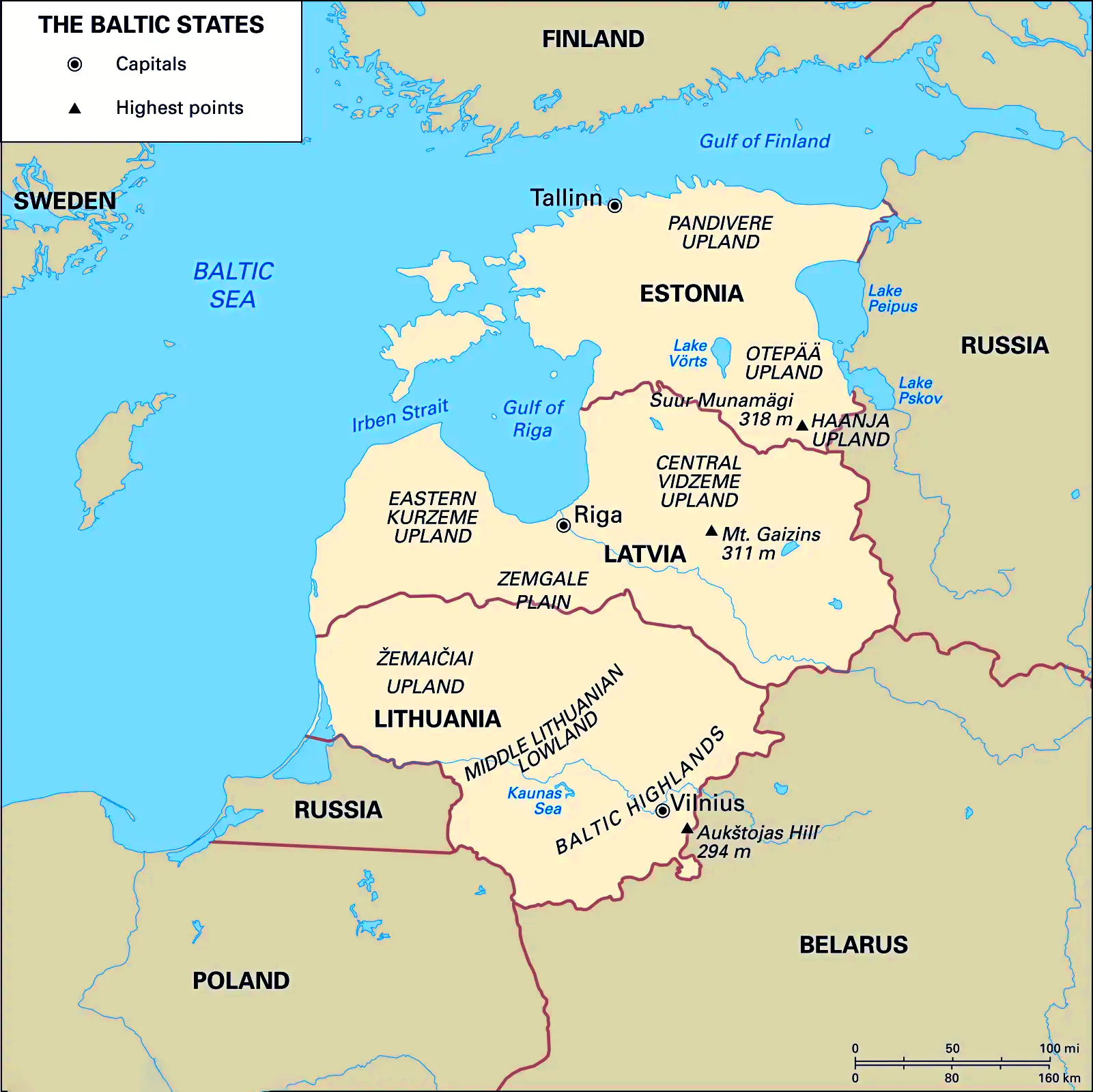
Political Map of Baltic States
News Source: Hindustan times
| Must Read | |
| NCERT Notes For UPSC | UPSC Daily Current Affairs |
| UPSC Blogs | UPSC Daily Editorials |
| Daily Current Affairs Quiz | Daily Main Answer Writing |
| UPSC Mains Previous Year Papers | UPSC Test Series 2024 |
A study in 2023 by University of Oxford showed that 13% of autoimmune diseases occur in women and 7% in men.
| The molecular covering on the X chromosome is made up of RNA and proteins. It’s important for a process called X-chromosome inactivation, which ensures that only one set of X chromosomes is active in every cell of a female’s body, while the other set stays quiet. |
|---|
X chromosome
|
|---|

News Source: TheHindu
| Must Read | |
| NCERT Notes For UPSC | UPSC Daily Current Affairs |
| UPSC Blogs | UPSC Daily Editorials |
| Daily Current Affairs Quiz | Daily Main Answer Writing |
| UPSC Mains Previous Year Papers | UPSC Test Series 2024 |
Recently, Biologist Caroline Gargett identified stem cells within hysterectomy tissue that were traced back to the endometrium
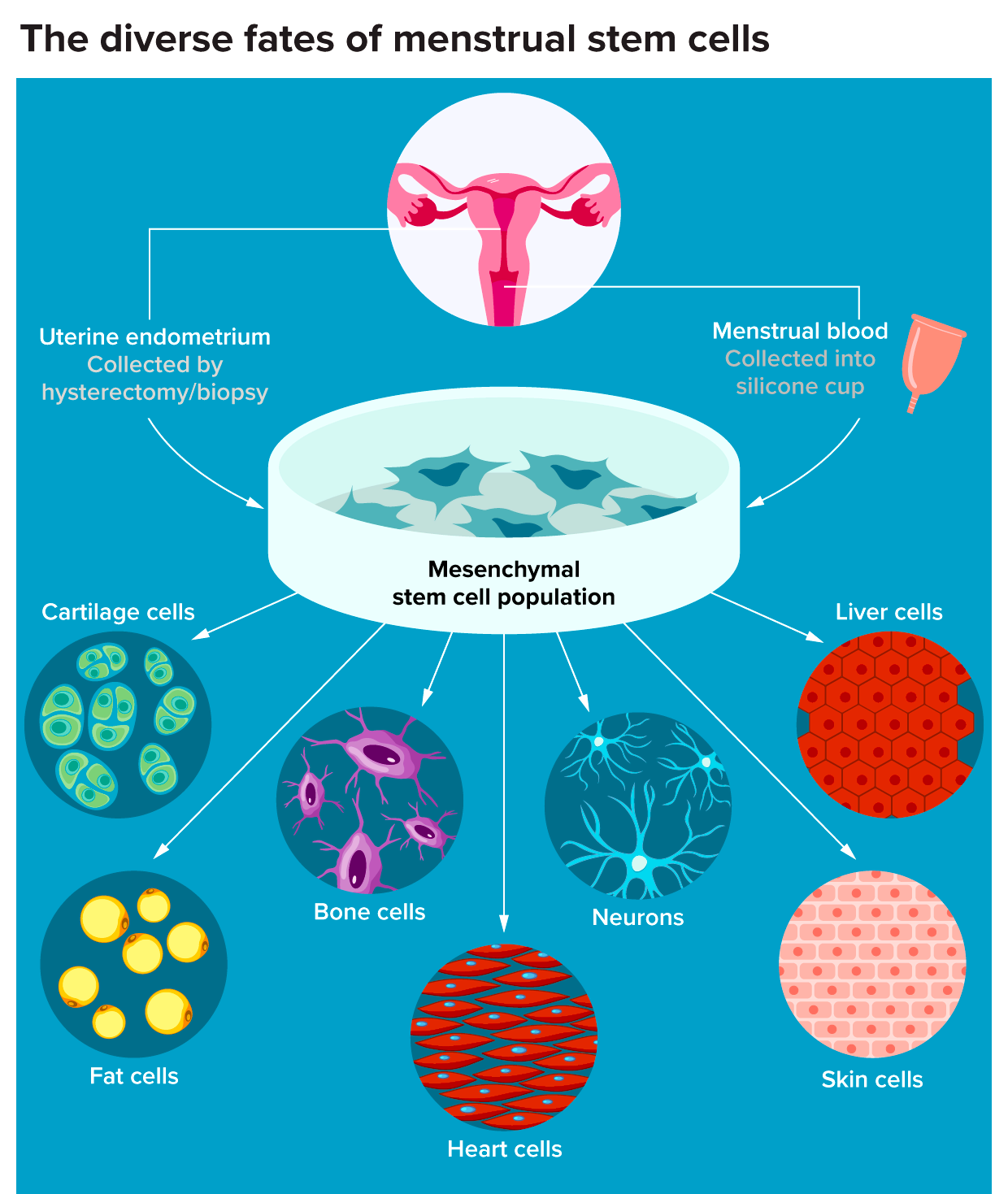
Regenerative medicine:
Menstruation:
Endometrium:
Endometriosis: It is a disease in which tissue similar to the lining of the uterus grows outside the uterus. |
|---|
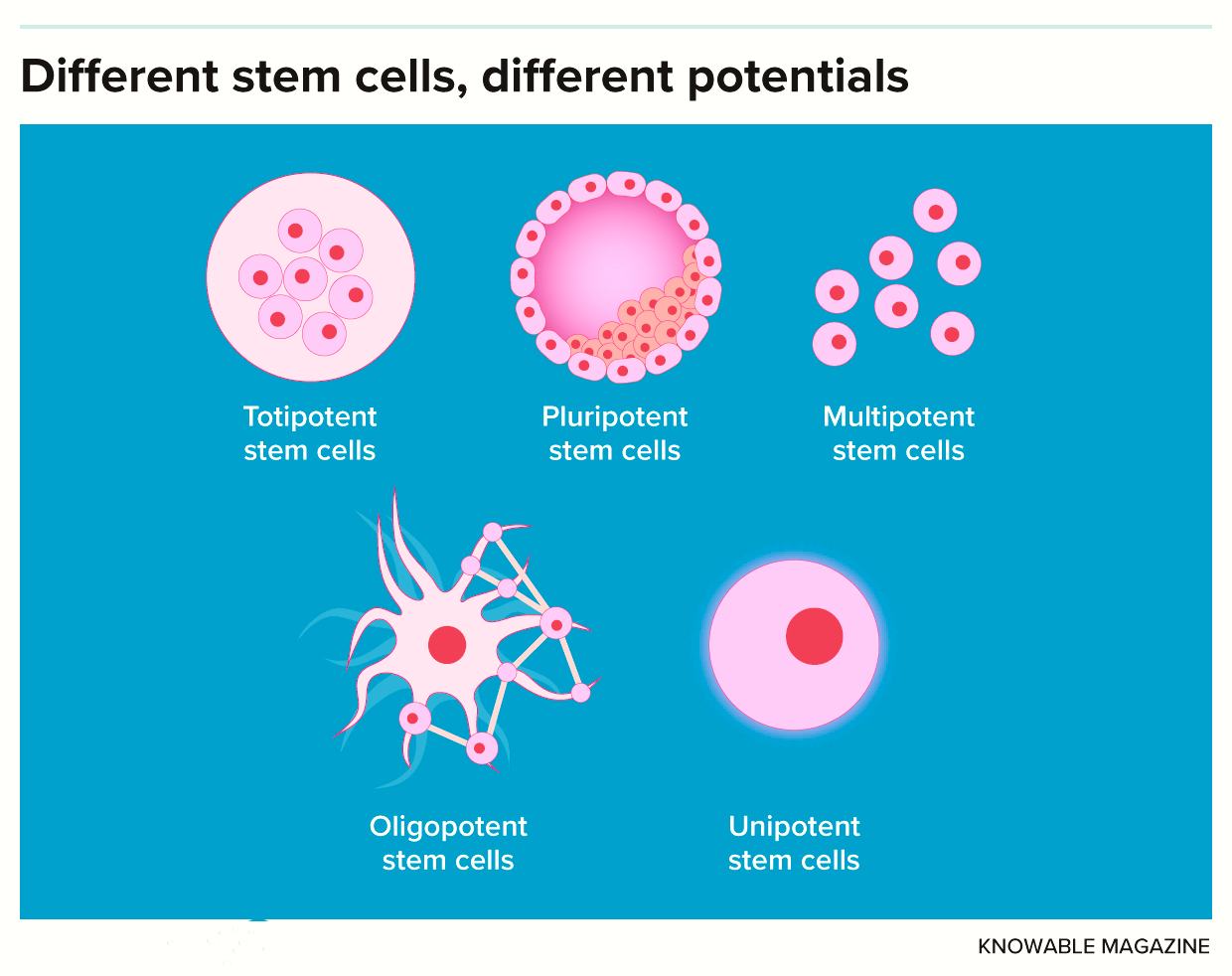
Cell Potency: The ability of stem cells to differentiate into other cell types is called Cell Potency.
However, addressing these barriers could unlock the full potential of menstrual stem cells in regenerative medicine and women’s health.
News Source: The Hindu
| Must Read | |
| NCERT Notes For UPSC | UPSC Daily Current Affairs |
| UPSC Blogs | UPSC Daily Editorials |
| Daily Current Affairs Quiz | Daily Main Answer Writing |
| UPSC Mains Previous Year Papers | UPSC Test Series 2024 |
The following data points show that the Parliament functioning has generally been on a decline in the post-1990 period.
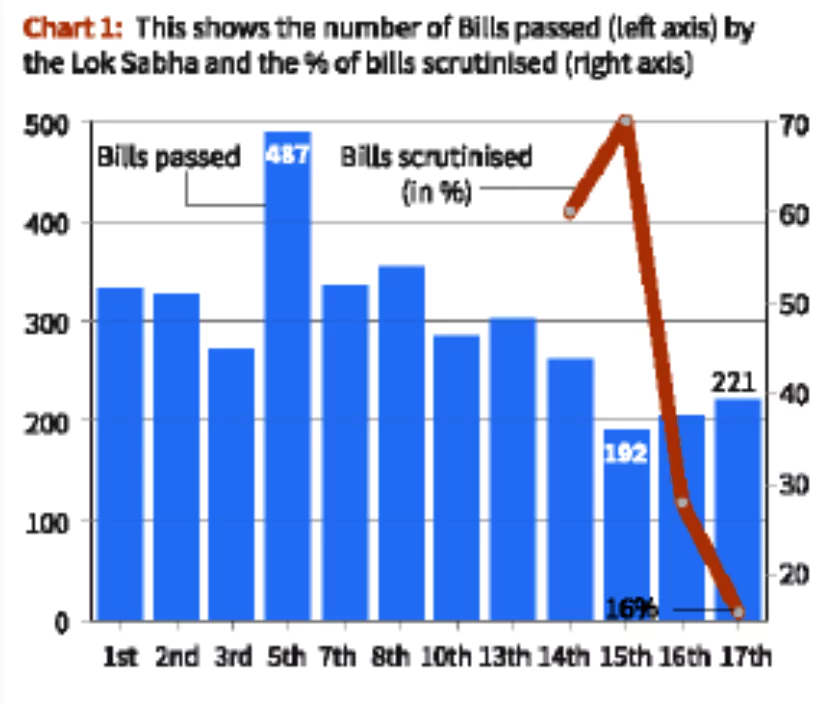
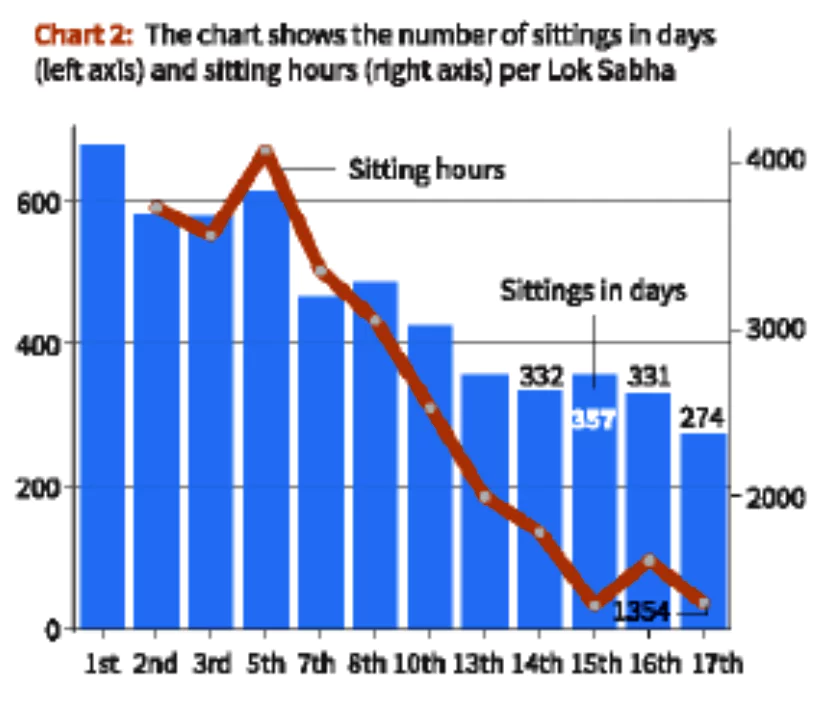
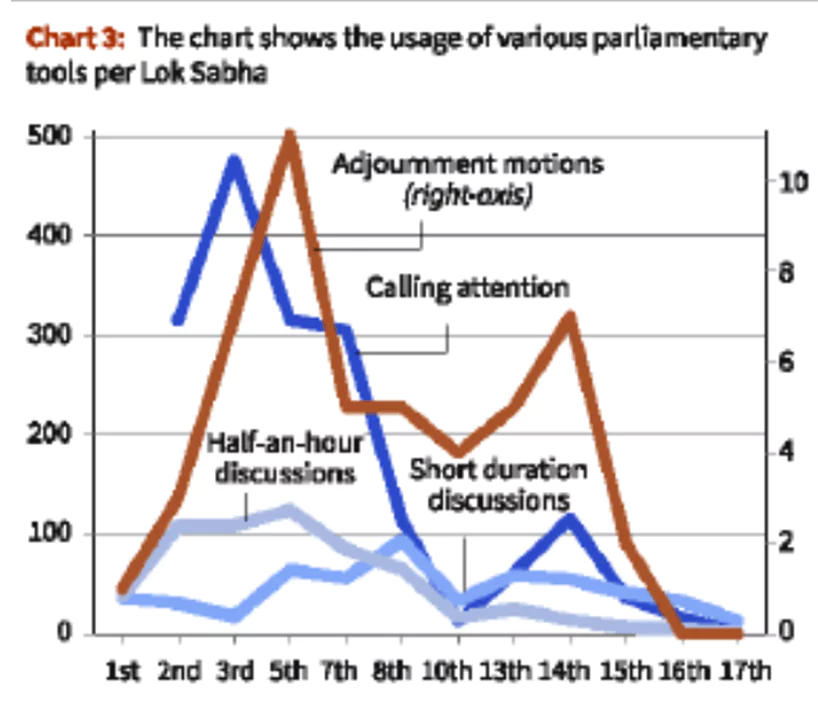
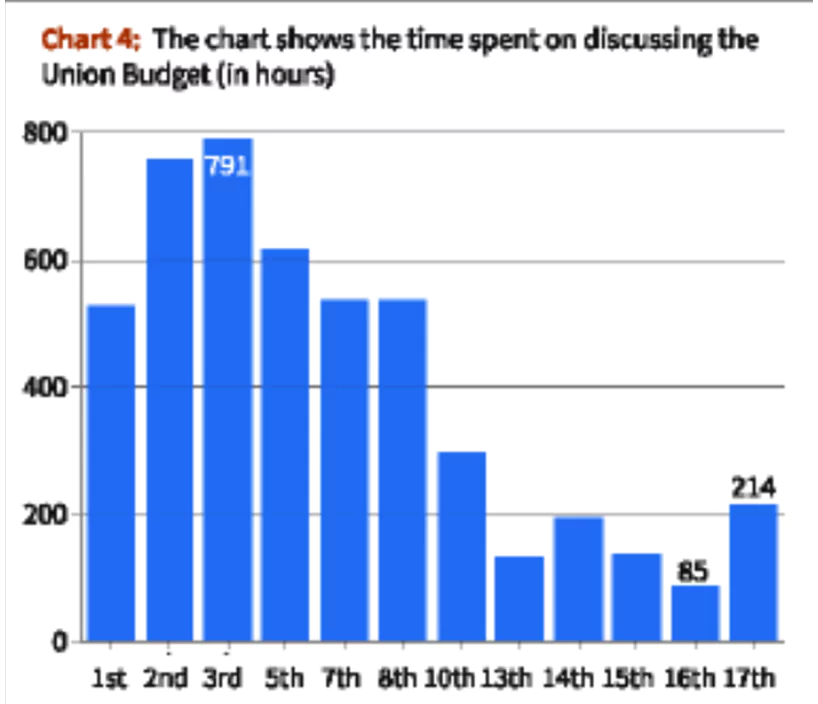
News Source: The Hindu
| Must Read | |
| NCERT Notes For UPSC | UPSC Daily Current Affairs |
| UPSC Blogs | UPSC Daily Editorials |
| Daily Current Affairs Quiz | Daily Main Answer Writing |
| UPSC Mains Previous Year Papers | UPSC Test Series 2024 |
Recently, the first council meeting of the Global Biodiversity Framework Fund (GBFF) took place in Washington DC, United States.
About Kunming-Montreal Global Biodiversity Framework:
|
|---|
News Source: Down to Earth
| Must Read | |
| NCERT Notes For UPSC | UPSC Daily Current Affairs |
| UPSC Blogs | UPSC Daily Editorials |
| Daily Current Affairs Quiz | Daily Main Answer Writing |
| UPSC Mains Previous Year Papers | UPSC Test Series 2024 |
The Assam Government declared “Kaji Nemu” as the state fruit.
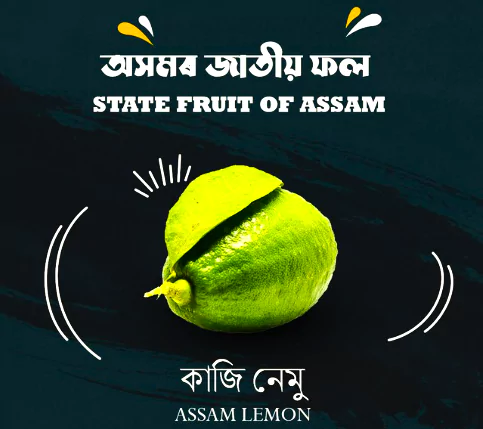
What are Free Radicals?
|
|---|
| Must Read | |
| NCERT Notes For UPSC | UPSC Daily Current Affairs |
| UPSC Blogs | UPSC Daily Editorials |
| Daily Current Affairs Quiz | Daily Main Answer Writing |
| UPSC Mains Previous Year Papers | UPSC Test Series 2024 |
Recently, the PM announced ‘PM Surya Ghar: Muft Bijli Yojana’ to boost solar power.
| Must Read | |
| NCERT Notes For UPSC | UPSC Daily Current Affairs |
| UPSC Blogs | UPSC Daily Editorials |
| Daily Current Affairs Quiz | Daily Main Answer Writing |
| UPSC Mains Previous Year Papers | UPSC Test Series 2024 |
The Commerce and Industry Ministry is expanding the rise classification under HSN code to limit export curbs.
World Customs Organisation
|
|---|
News Source: The Hindu
| Must Read | |
| NCERT Notes For UPSC | UPSC Daily Current Affairs |
| UPSC Blogs | UPSC Daily Editorials |
| Daily Current Affairs Quiz | Daily Main Answer Writing |
| UPSC Mains Previous Year Papers | UPSC Test Series 2024 |
This article is based on the news “Farmers back on road to Delhi: How the current protest differs from the 2020-21 edition” which was published in the Indian Express. More than 250 farmers’ unions under the Kisan Mazdoor Morcha (KMM) and the Samyukta Kisan Morcha have resumed their protest, after two years.
| Relevancy for Prelims: Farm And Food Policy Shift, Food Subsidy, Minimum Support Price (MSP), Statutory Status To Minimum Support Price (MSP), and MSP Hike And Its Impact, and APMC.
Relevancy for Mains: Farmers Protest Highlights: Why Farmers Are Protesting Again, and What Are Their Demands? |
|---|
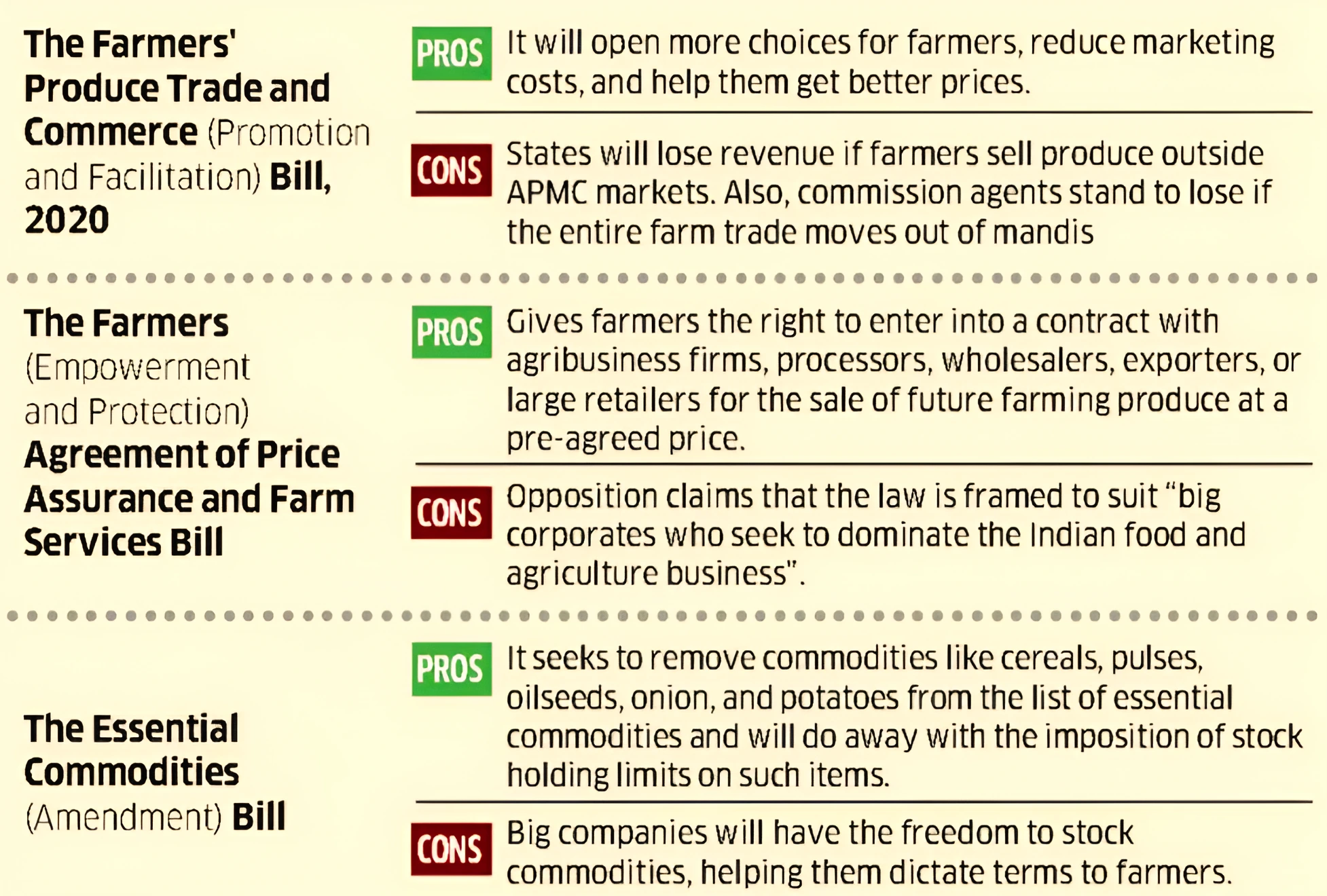
Legal Status to MSP: Enactment of legislation conferring mandatory legal status to MSP based on the MS Swaminathan Commission’s recommendation. Some of the other demands include:
MS Swaminathan Committee
|
|---|
Commission for Agricultural Costs & Prices (CACP)
|
|---|
Issues Related to Farmers
|
|---|
There are various issues due to which the Governments have been reluctant to give MSP a legal guarantee:
Agricultural Produce Market Committee (APMC)It refers to a statutory body established by state governments in India to regulate and oversee the marketing and trade of agricultural produce within designated market areas. This regulatory mechanism offers several benefits:
|
|---|
| Mains Question: Explain the role of MSP in safeguarding farmers’ interests, along with hindrances in its effectiveness to prevent agrarian distress. (10 marks, 150 words) |
|---|
| Must Read | |
| NCERT Notes For UPSC | UPSC Daily Current Affairs |
| UPSC Blogs | UPSC Daily Editorials |
| Daily Current Affairs Quiz | Daily Main Answer Writing |
| UPSC Mains Previous Year Papers | UPSC Test Series 2024 |
This article is based on the news “Old-fashioned trust and credibility bind India-UAE ties” which was published in the Hindu. The visit of the Indian Prime Minister to the United Arab Emirates, reflects the growing importance of their bilateral relations and significance of UAE in India’s engagement in the Gulf region.
| Relevancy for Prelims: INDIA-UAE Relations, First Hindu Temple In Abu Dhabi, and Joint Military Exercise Desert Cyclone, and India-Middle East-Europe Corridor.
Relevancy for Mains: India UAE Relations: Background, Economic, Trade, Defence, Cultural Relations, and Way Forward. |
|---|
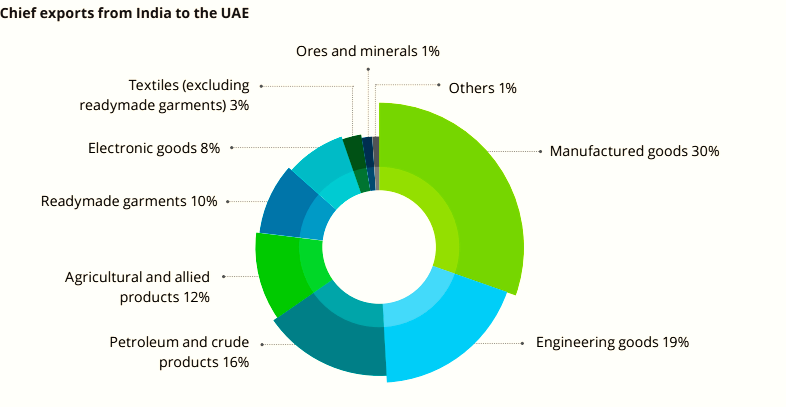
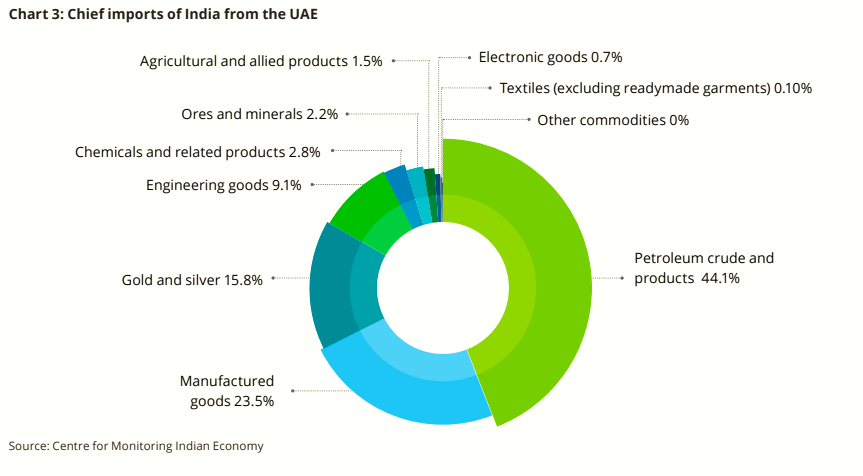 Comprehensive Economic Partnership Agreement (CEPA): India and UAE signed CEPA in February 2022 which acted as a catalyst in reducing tariff barriers and increasing trade and investment flows between the nations.
Comprehensive Economic Partnership Agreement (CEPA): India and UAE signed CEPA in February 2022 which acted as a catalyst in reducing tariff barriers and increasing trade and investment flows between the nations.
Comprehensive Economic Partnership Agreement (CEPA)
Other Types of Trade Agreements
|
| Mains Question: How will I2U2(India, Israel, UAE and USA) grouping transform India’s position in global politics? |
|---|
| Must Read | |
| NCERT Notes For UPSC | UPSC Daily Current Affairs |
| UPSC Blogs | UPSC Daily Editorials |
| Daily Current Affairs Quiz | Daily Main Answer Writing |
| UPSC Mains Previous Year Papers | UPSC Test Series 2024 |
Maharashtra Withdraws GRs on Hindi as Third Langua...
Statistical Report on Value of Output from Agricul...
Skills for the Future: Transforming India’s Work...
National Turmeric Board HQ Inaugurated in Nizamaba...
ECI Moves to De-List 345 Inactive Registered Unrec...
MNRE Issues Revised Biomass Guidelines Under Natio...
<div class="new-fform">
</div>